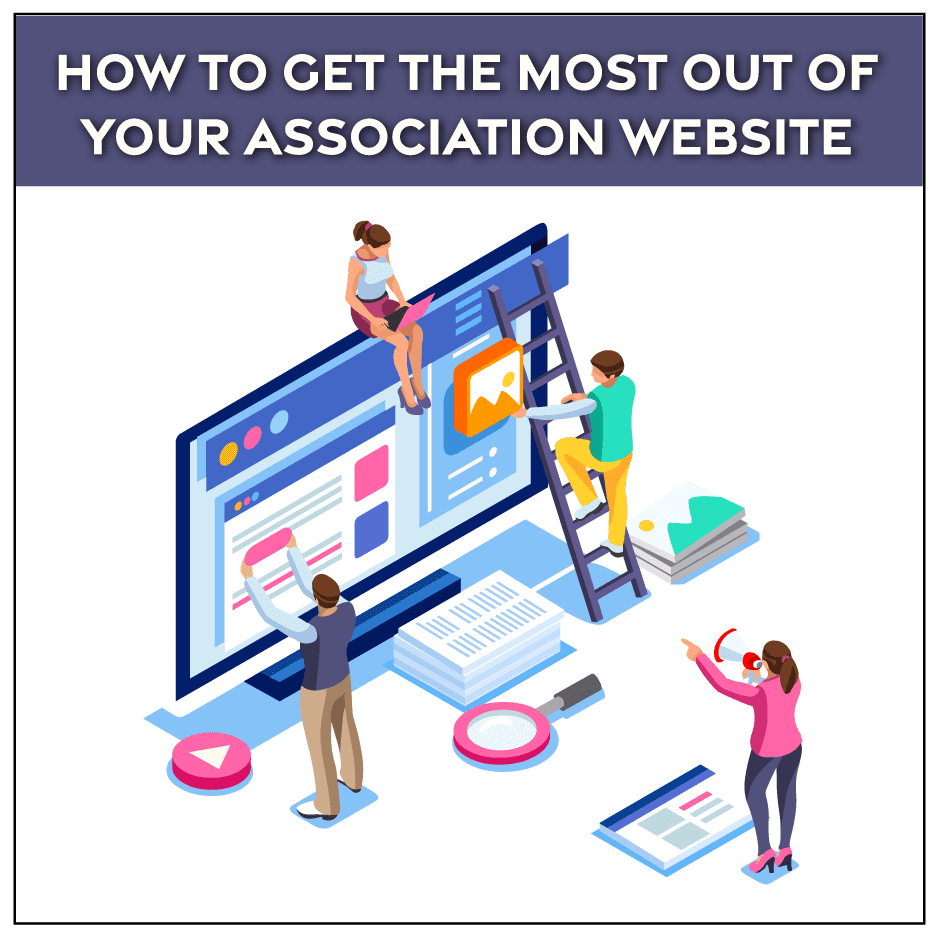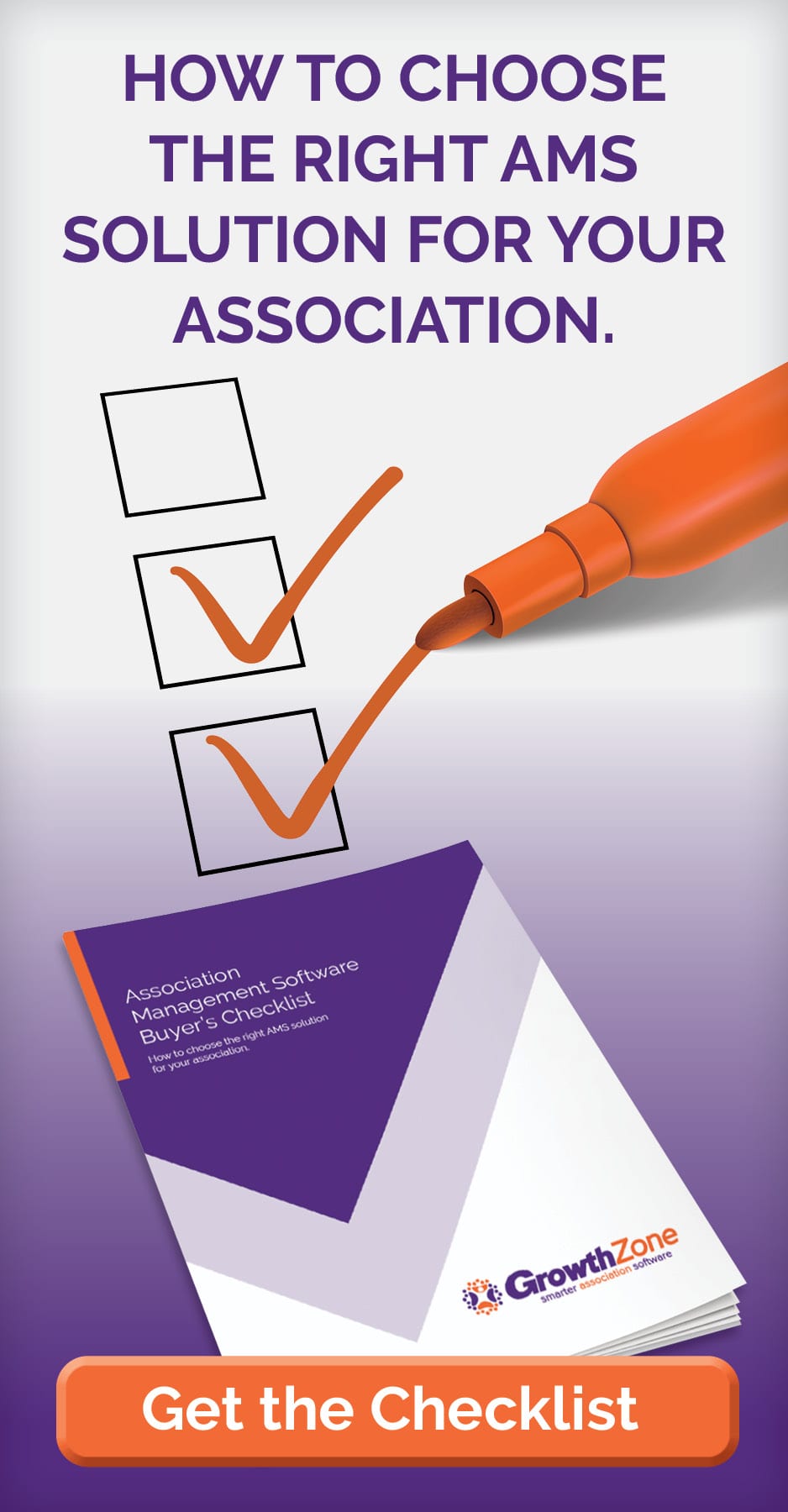
by Frank Kenny
In any member-based organization, successful member onboarding is perhaps the single most important activity. It’s more important than marketing and more important than sales.
Why?
A poorly onboarded member is:
- more likely to drop.
- less likely to invest in non-dues revenue products.
- less likely to refer others to your organization.
If you are looking to improve the health of your organization, start with your member onboarding process. Without it, nothing else really matters; your organization will just be a leaky bucket.
Many member-based organizations print out a bunch of information, add some brochures, throw in a membership card, maybe a window cling, and then mail or deliver that “New Member Packet” to all the new members and consider that member “onboarded.” The members, invariably, set that bulky packet on their pile of paperwork and promptly forget about it.
Though not a highly effective member onboarding strategy, at least it is something.
Some organizations don’t even do that much. It is sink or swim, as the new member onboards themselves.
Thankfully, onboarding members can be done easily and much more effectively. There are two new ways to do this with technology—virtually and through drip email campaigns (marketing automation).
DRIP EMAIL CAMPAIGNS
Rather than mail or deliver a bulky packet of information, we break up the packet of information and “drip” it out via marketing automation tools with a drip campaign. Most email programs and CRMs have this functionality built-in today. You simply add the new member to your member database, and the system takes care of the rest.
Day 1
After joining, a welcome email from the CEO is sent to the new member. It can include a staff intro with photos of the team, titles, and maybe a little about them. Let the member know it will be like Christmas, and they’ll be getting several email surprises explaining what their membership does for them. The open rate on this welcome email will be extremely high, approaching 75%, as the new member just spent money with the organization and will be eager to get the promised benefits of membership.
Day 3
They get another email. This one is a welcome letter from the chair of the board. It could include photos of the other board members along with what company they represent, their job titles, and a little about them. The new member should feel like they are being invited into the family; first from the staff and now from the board.
Day 5
Email their username and password to fill out their profile on the organization’s website. You want the new member to upload their logo, business description, menu, keywords, etc., for the public-facing directory. This email is significant as you need the member to take action. They need to go from passive consumption to active engagement.
Day 9
Email the member information on their benefits. Can they take advantage of a program that saves them money? Can they promote their business through the organization? Can they access training or resources? Can they join a committee? Can they attend an event? Get the new member involved ASAP.
Day 15
Invite the member to follow the organization on social media. Invite them into the Facebook group so they can meet other members. If you are doing face-to-face virtual networking, make sure the new member knows they are invited to participate. It’s important that they establish relationships with the other members, not just the organization’s staff.
Day 20
Have the system ping the CEO or salesperson to call the new member or drop by. Make sure the member has been receiving the onboarding emails. Ask them what questions they have now that they are members. Encourage them to take advantage of the benefits and non-dues revenue opportunities such as website and email blast ads.
Day 30
Email the member a story about a member who has experienced success with their membership. Include a testimonial from a satisfied member. Remind them of the benefits of membership. It can’t just be the organization saying it is great. It has to come from the members.
Day 60, 90, 120, 150, etc.
Email the member something of value to keep the organization top of mind with the member. It can be updates on projects or legislation that may impact the member, updates on the community or industry news, etc. Consumption is engagement.
Customize this campaign to your unique circumstances. Once you get a system like this set up, it practically takes care of itself and drastically improves the onboarding process.
VIRTUAL ONBOARDING
You do this in addition to, not instead of, your drip email campaign.
It works like this. Each month, host (through Zoom, Remo, Blitzr, or similar virtual platforms) an onboarding event. Include all of the things above, plus a live run-through of your website, explaining the value it offers. Virtually introduce your team, board, and other volunteers, such as ambassadors. Allow your new members to introduce themselves. Encourage questions and interaction. It isn’t a webinar. Facilitate member networking and relationship building. Nothing will bring a new member into the family faster than face-to-face engagement.
CONCLUSION
The worst thing you can do in a member-based organization is leaving it up to the member to onboard themselves. If you set up a drip email sequence and virtual onboarding events, you are much more likely to have a long-time member. These onboarded members are also more likely to invest in your non-dues revenue products and spread positive word of mouth for your organization. It sounds like a lot of work, but it is worth it.
Frank Kenny is an internationally recognized author, professional speaker, and consultant. He is the founder of the Chamber Focus Show and the Chamber Professionals Community Group on Facebook.
Over the past 10 years, Frank has helped hundreds of chambers reach their goals with staff and member training, strategic planning, board retreats and orientations, social media, digital marketing, technology, and more.



